Abel Tasman Time
/Abel Tasman time. What a different pace. After a few days here your biorhythms fall under the spell of the rolling tides, the glorious sunsets, and the warblings of tui and bellbird, which greet you joyously every morning. And right at the heart of Abel Tasman National Park is Awaroa Lodge, an eco-friendly retreat that has slowly evolved in this coastal paradise of golden beaches, large tranquil lagoons, deep-reaching estuaries, and forested hills, and has formed a harmonious partnership with its environment.
A water-taxi ride to the lodge sets the scene: bush-clad hills punctuated by picturesque bays. When you pull up on the sands of Awaroa Bay, your luggage is whisked onto a tractor trailer while you take off shoes, hitch up your skirt or trousers and plunge into holiday mode, the warm sand massaging bare toes. For me, this unpretentious landing awakens a childlike urge to stay barefoot for the duration of our stay, and I take a moment to savour the rush of familiar sensations: sand between my toes, fresh salty air, gently lapping waves, and the distant rustle of lush native bush. Then it’s a pleasant meander up the wooden ramp off the beach to a wide track that weaves through native manuka and kanuka trees, enormous flax bushes, kowhai, and rustling cabbage trees to the lodge itself, set amongst on the banks of a wetland restoration project.
Awaroa Lodge blends with in its environment, respecting its surroundings by employing low-impact waste-management systems, maximising recycling, and buying eco-friendly products. Drinking water is sourced from a spring in the hills and filtered onsite while waste glass is pulverised in an old lime crusher and incorporated into funky concrete pavers and umbrella stands. Power for the lodge is generated using solar energy, gas, and diesel, while excess heat from the generator room is used in a large drying room for kayaking and adventure gear.
A stroll through the gardens reveals a wealth of sculptural works, many incorporating materials from the lodge itself, and others by local artists, including John Benge. Old tea-lights from the restaurant are captured inside cleverly crafted chicken-wire structures, and the doors of the greenhouse once graced the lodge's dining room.
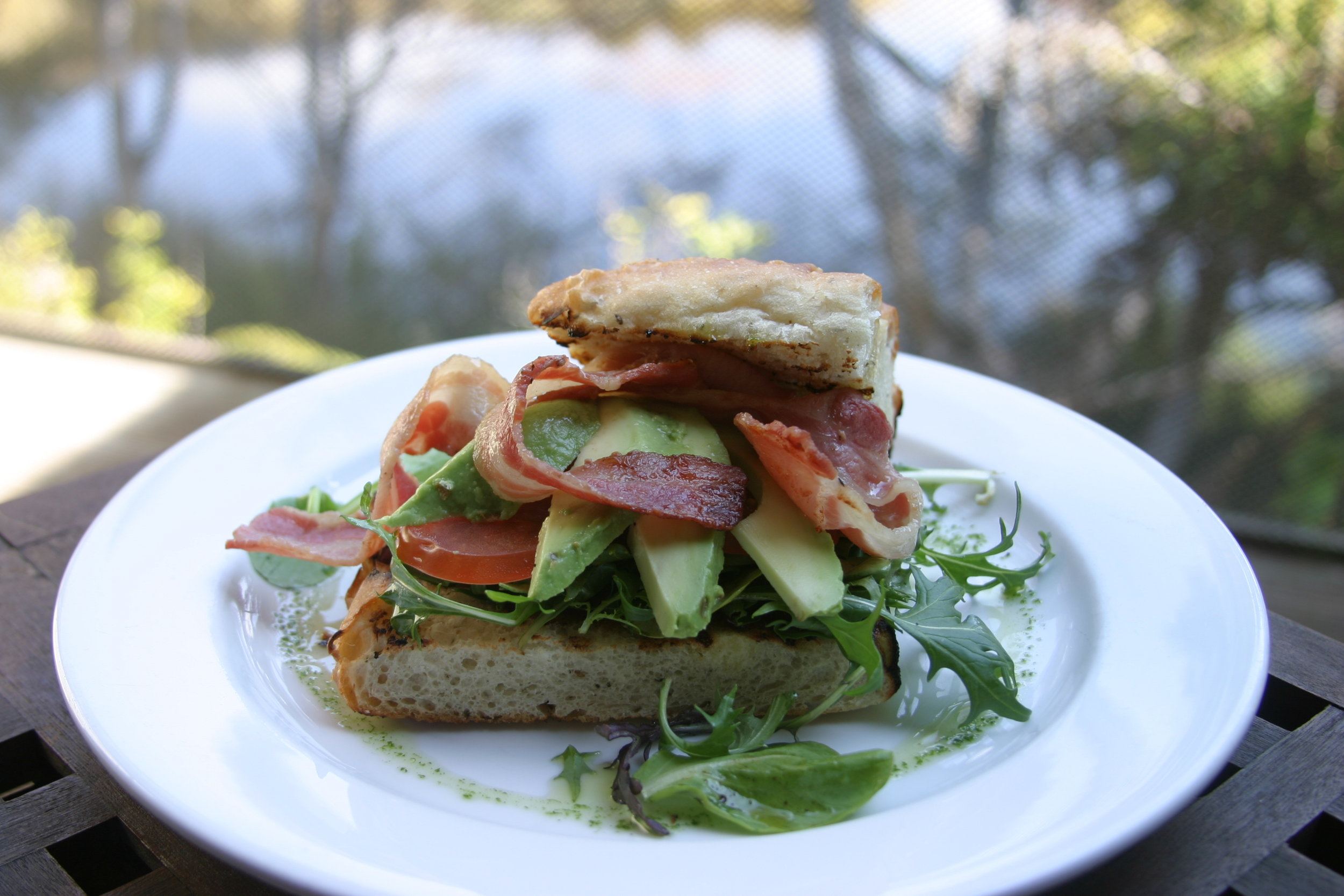
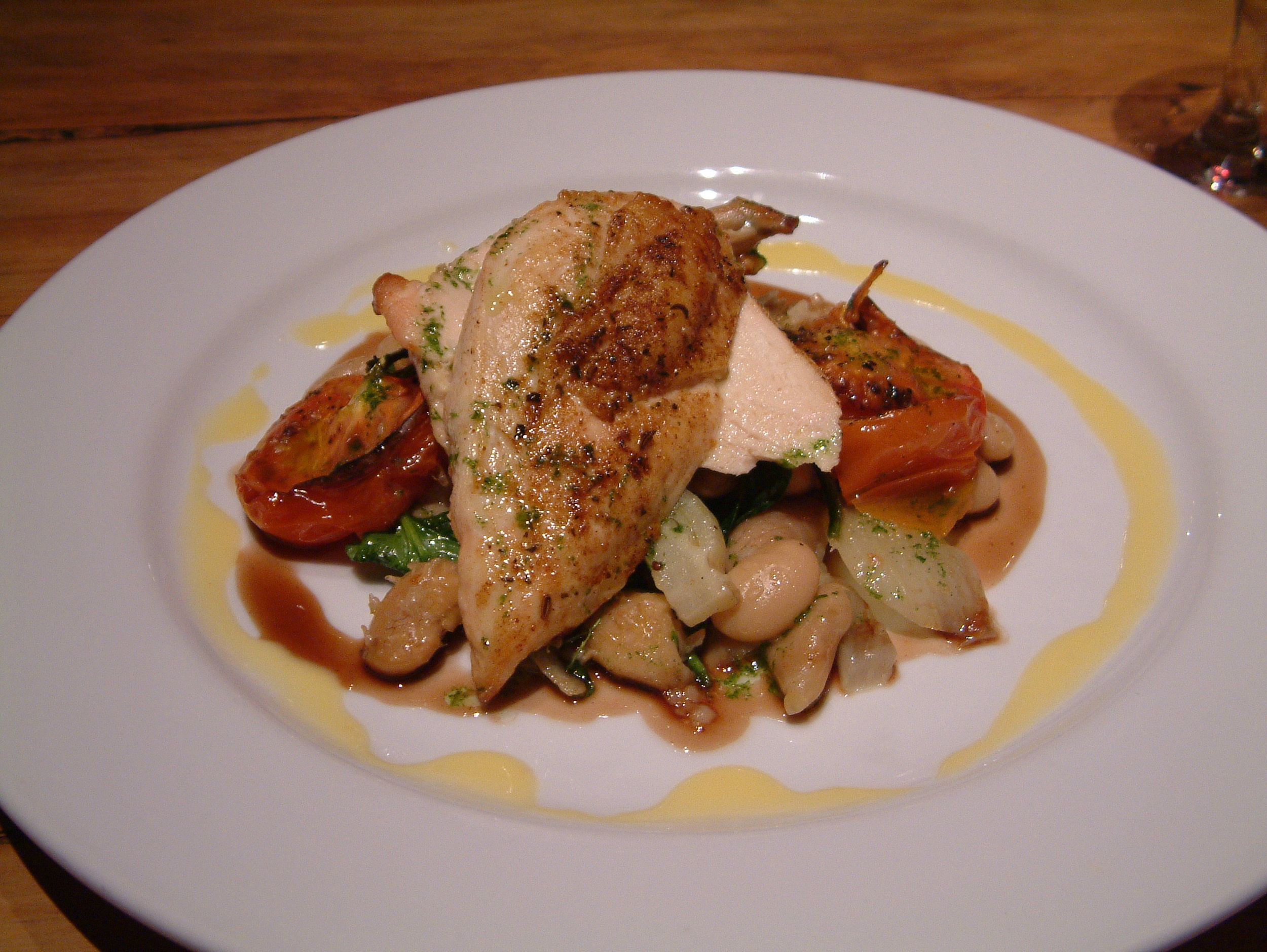

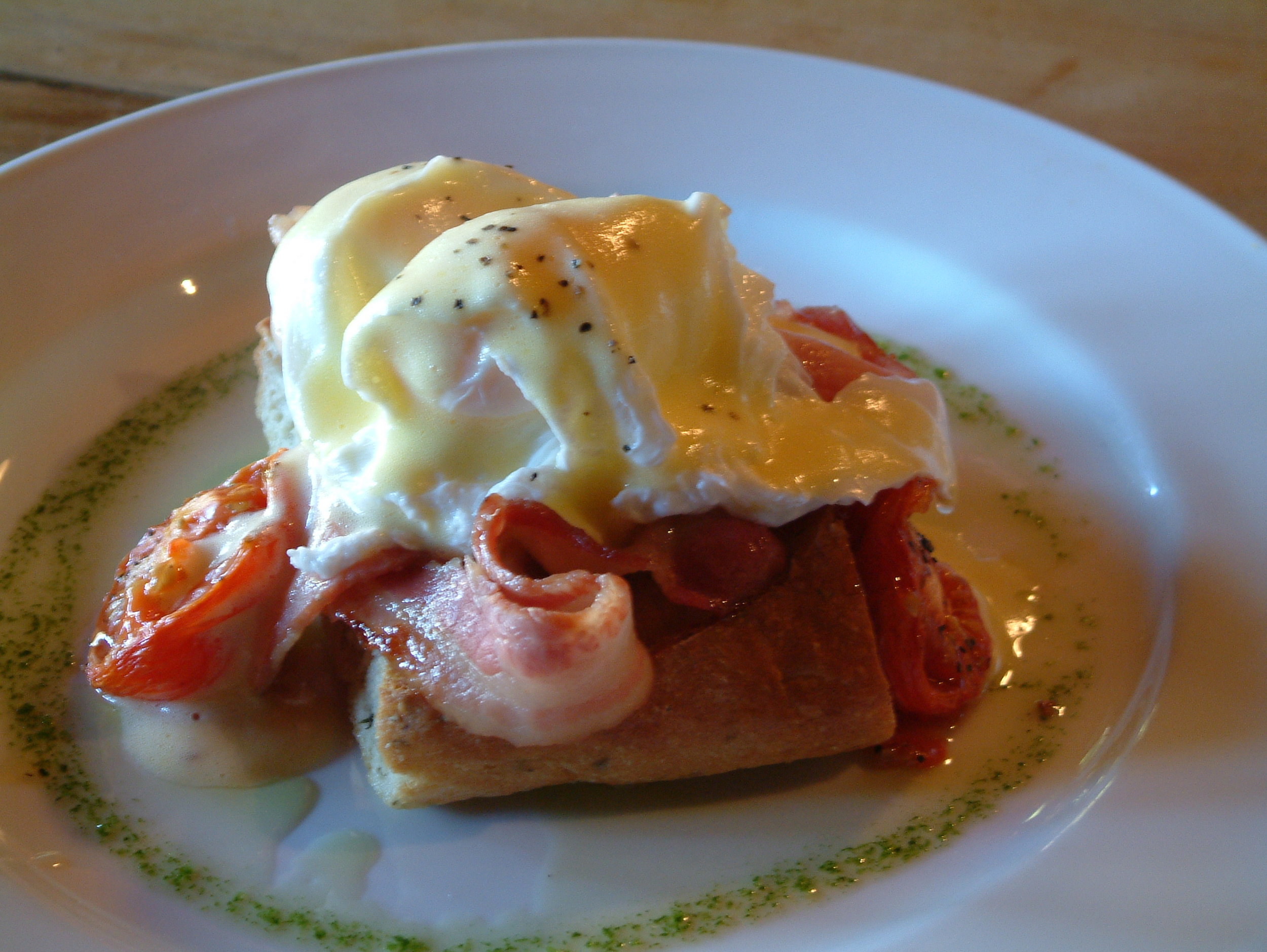
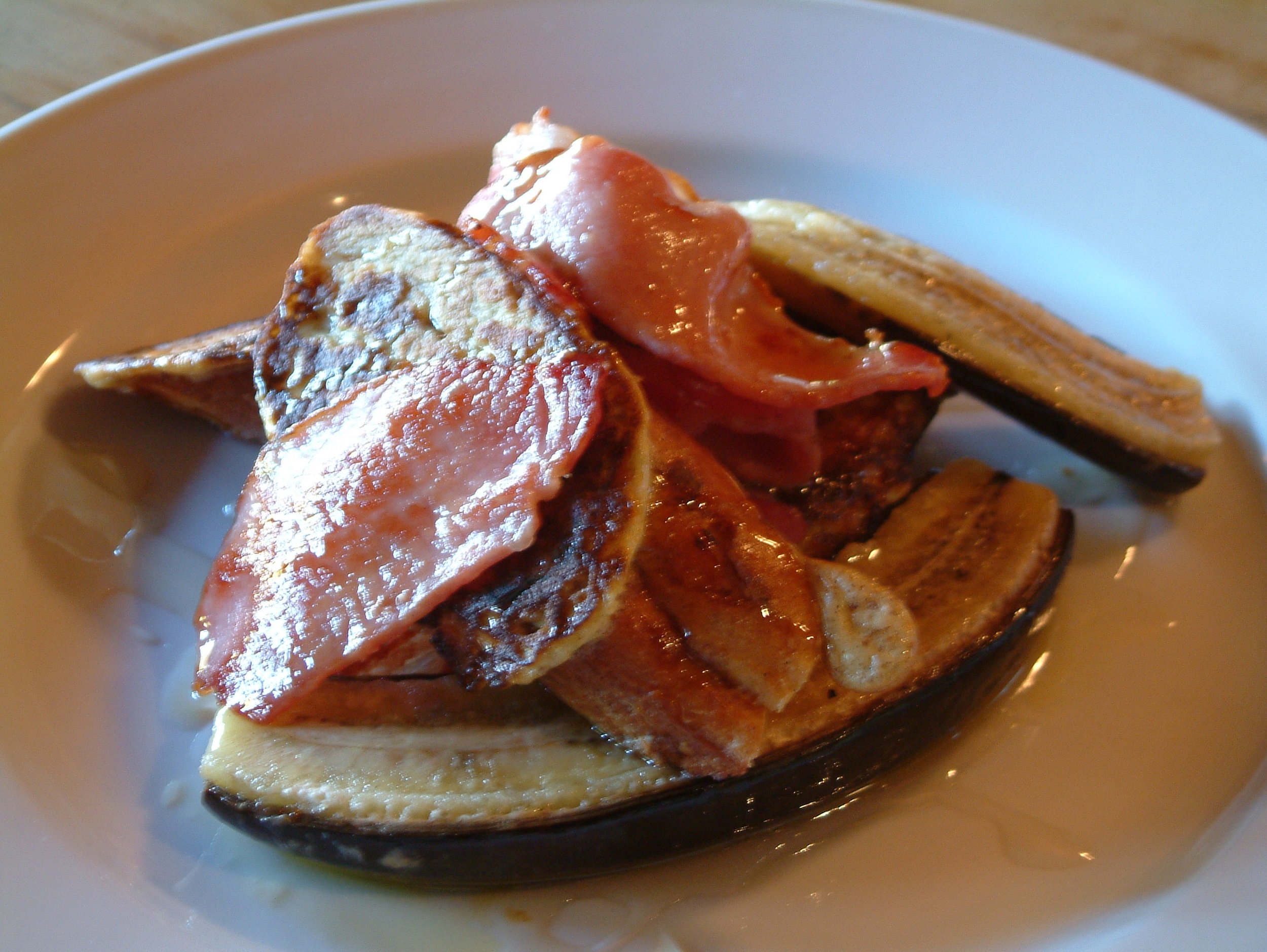
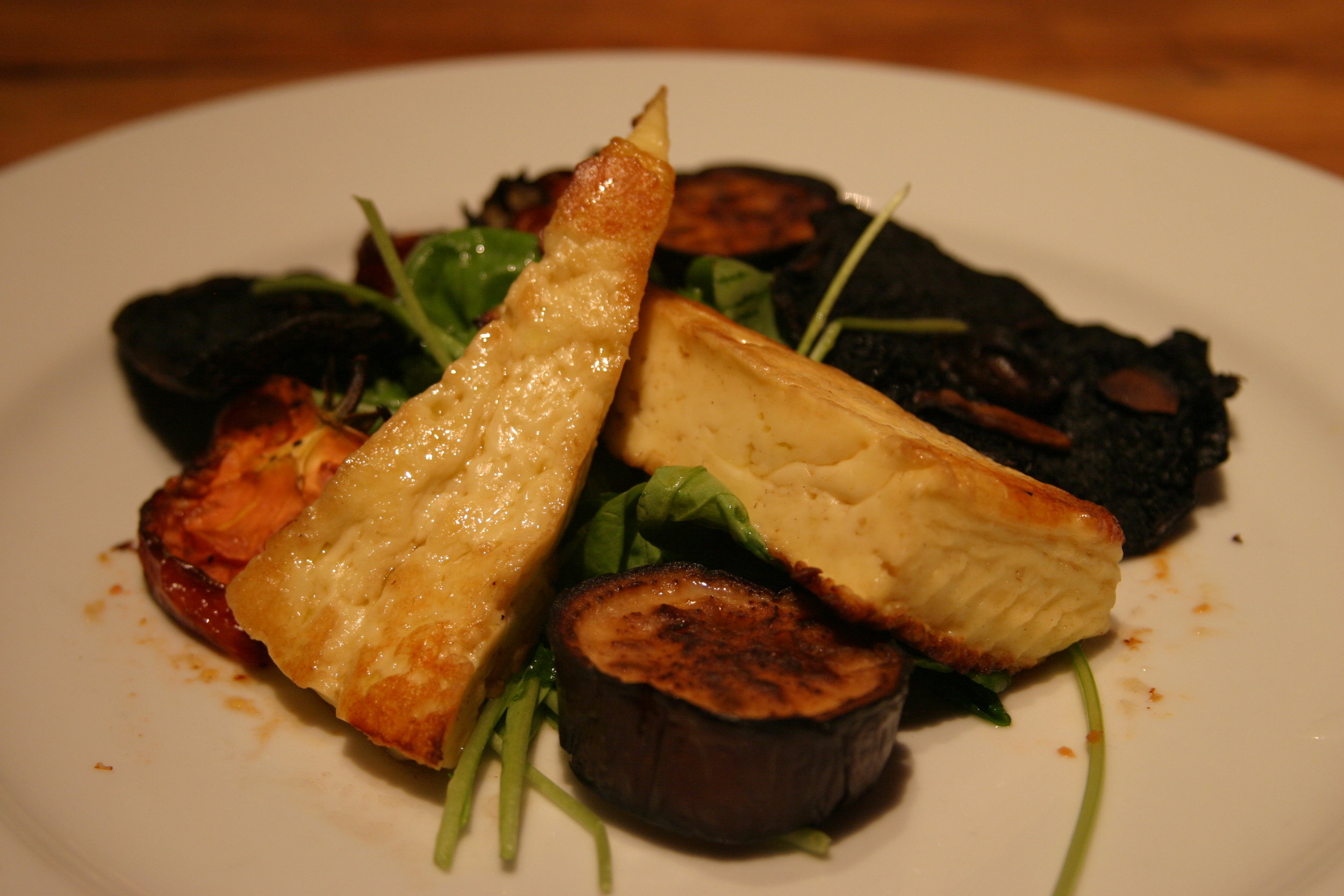
Awaroa Lodge is renowned for its fresh, organic cuisine featuring local seafood, home-baked breads, and tasty, homegrown produce. Guests are encouraged to wander through the inspirational organic onsite vegetable gardens and orchard, where herbs and salad greens nudge shoulders with berries, fruit, vegetables, and flowers. In the mornings you are likely to find the chef ferrying armfuls of summer vegetables back to the kitchen, a bountiful harvest for the day’s menu.
It’s no surprise then that the heartbeat of Awaroa Lodge is its restaurant. Furnished with large wooden tables and high-backed chairs reminiscent of Alice in Wonderland, it’s adorned an ever-changing array of local artwork. The original outside fireplace takes pride of place in the spacious lounge, where the constantly fluctuating power adds to the romantic ambience. A fireplace seat is the perfect place to curl up in the evening with one of the many books, magazines, games, or historical photo albums made available to guests. An outside courtyard enclosed by straw adobe walls topped with quirky sculptures is furnished with driftwood furniture, rustic tables, and a huge fireplace in the shape of crayfish tail. A short distance away, the sea whispers, and the calls of seabirds on the inlet and estuary are echoed by their cousins sheltering in the surrounding bush-clad terraces.

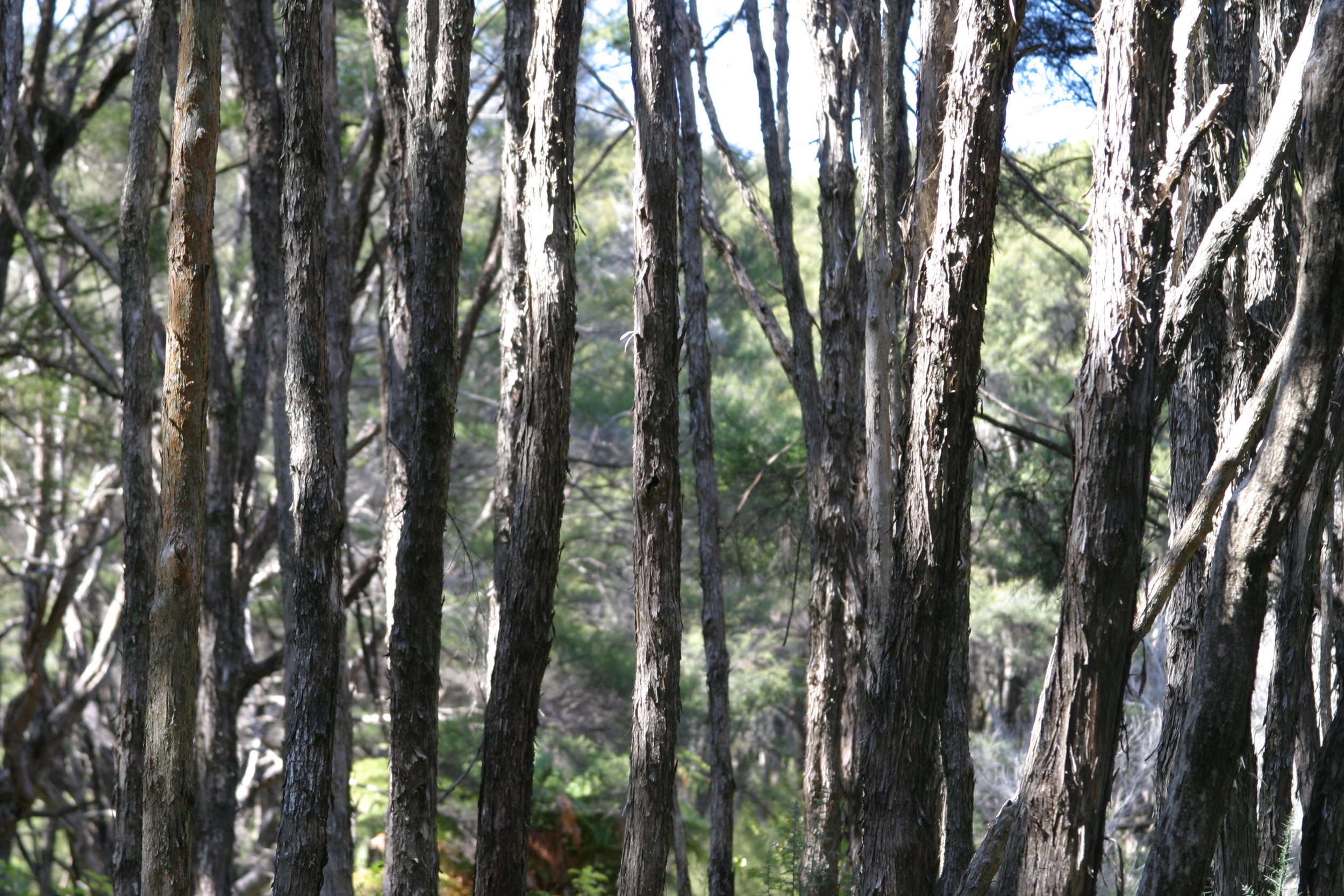
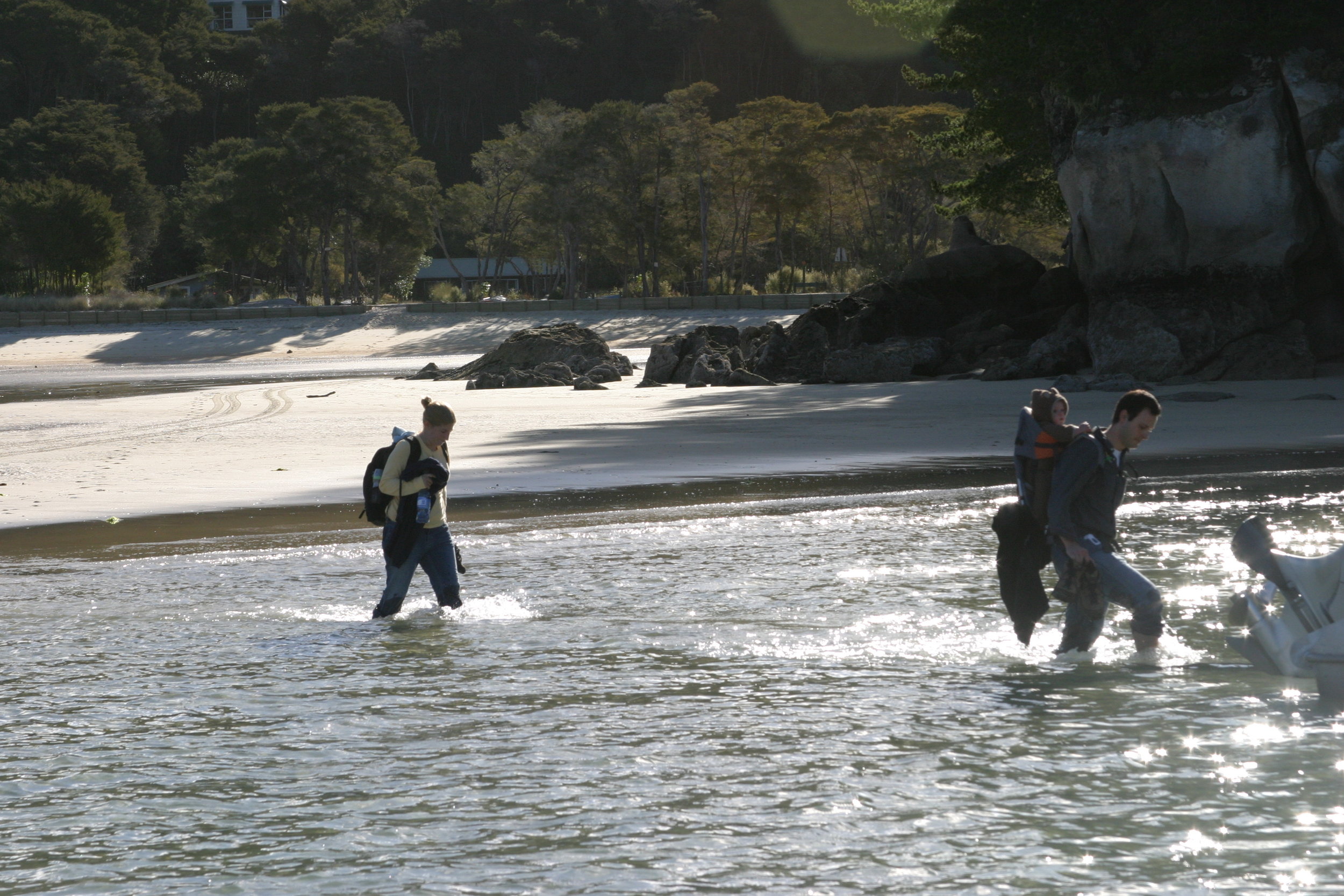


After a strenuous but relaxing day wandering amid the surrounding bush and wetlands, where fantails flittered about our waistlines, and grey warblers, tui, and bellbird keep company with banded kokopu, koura, and inanga, we had worked up a healthy appetite – gourmet packed lunch notwithstanding. There was also the weighty decision to be made about our next day’s activity: sailing on a 40 foot catamaran, kayaking to Mosquito Bay, or attempting a stage of the Abel Tasman Track. As we sat out under the stars, the mouthwatering menu only adding to our dilemma. The entree was an easy choice for a cheese-lover like myself: a golden haloumi cheese stack with slow-roasted tomatoes, mushrooms, and eggplant on rocket. The main was a difficult choice but the Moroccan spiced chicken breast served on cannelloni bean, fennel, and roast tomatoes with citrus butter sauce won out, a simple but taste-infused sensation which was truly sublime teamed with a glass of Selaks Marlborough Pinot Noir. Then there were the desserts! Lots of naughty choices like pavlova stacks, chocolate whiskey torte, sticky date pudding, and vanilla bean brulee with Awaroa biscotti and macerated blueberries. Sadly, I couldn’t possibly fit in another morsel – until I was offered the dessert cocktail of the day. And so it was: Butterscotch Affagato – vanilla bean ice cream drizzled with a rich butterscotch sauce, toffee liqueur, and chunks of Russian fudge served with a shot of espresso. Truly wicked. Just what we needed to galvanise ourselves into action for a moonlit stroll to the glowworm grotto in the forest.
We sleep peacefully, and the next morning’s catamaran adventure flutters by all too quickly. In this sympathetic environment, my internal world seems to have slowed down to the timeless pace of the surrounding forest. My senses have woken as if from a deep slumber: I savour the sun-ripened tomatoes and zucchini from the garden that reappear in an explosion of flavour on a char-grilled vege platter; delight in the warbling bellbirds that keep me company on an afternoon stroll; and I become fascinated by the bark of the kanuka trees, which sheds and grows back in a cycle of regeneration that resonates with my own personal awakening.
Thoroughly revived, we take our places in the water-taxi and with a renewed appreciation I absorb every minute of the return journey. The by-now familiar Abel Tasman bushline accompanies us towards Marahau, and we pass pods of sea kayakers enjoying the crystal clear water and glorious sunshine. Great formations of limestone and granite bid us farewell, and sunbathing seals nod lazily as we pass. We drop some hikers off at different bays along the Coastal Track, and I can’t help but feel a stab of envy towards the owners of the 40 or so rustic baches at Torrent Bay.
Back in Marahau, we’re reunited with our vehicle which was parked in Aqua Taxi’s secure facilities, and we admire the rippled golden sandbanks exposed by the retreating tide before crossing to the Kiwi holiday Mecca of Kaiteriteri. Lots of kayaking tours depart from here and it’s a popular spot to hop on or hop off the water-taxi. Our next port of call is Motueka, a buzzy little town with a myriad boutiques, galleries, and studios displaying local wares, then we head onwards through orchards of apples and hops, sampling sun-ripened produce enroute at simple roadside stalls.
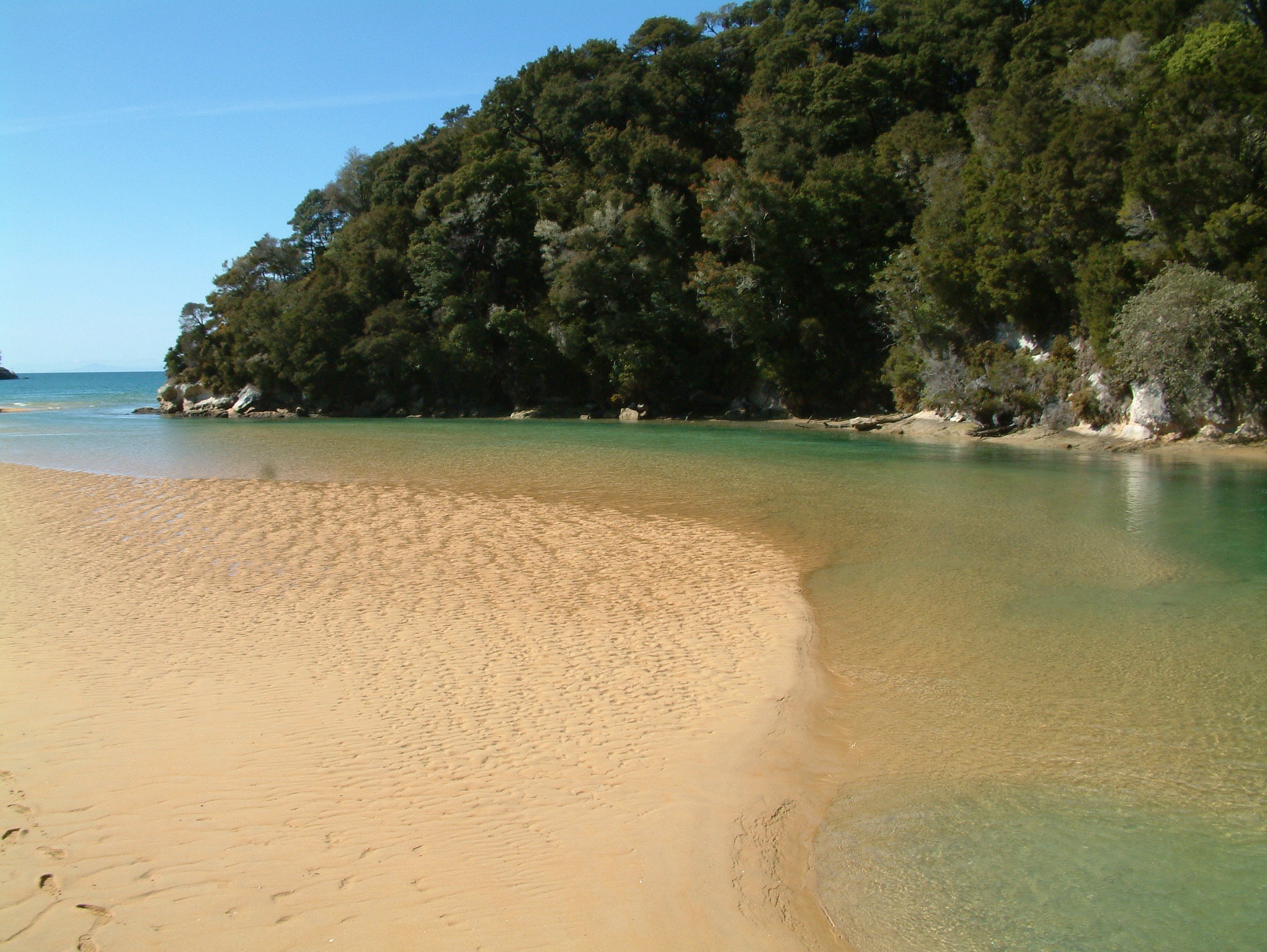
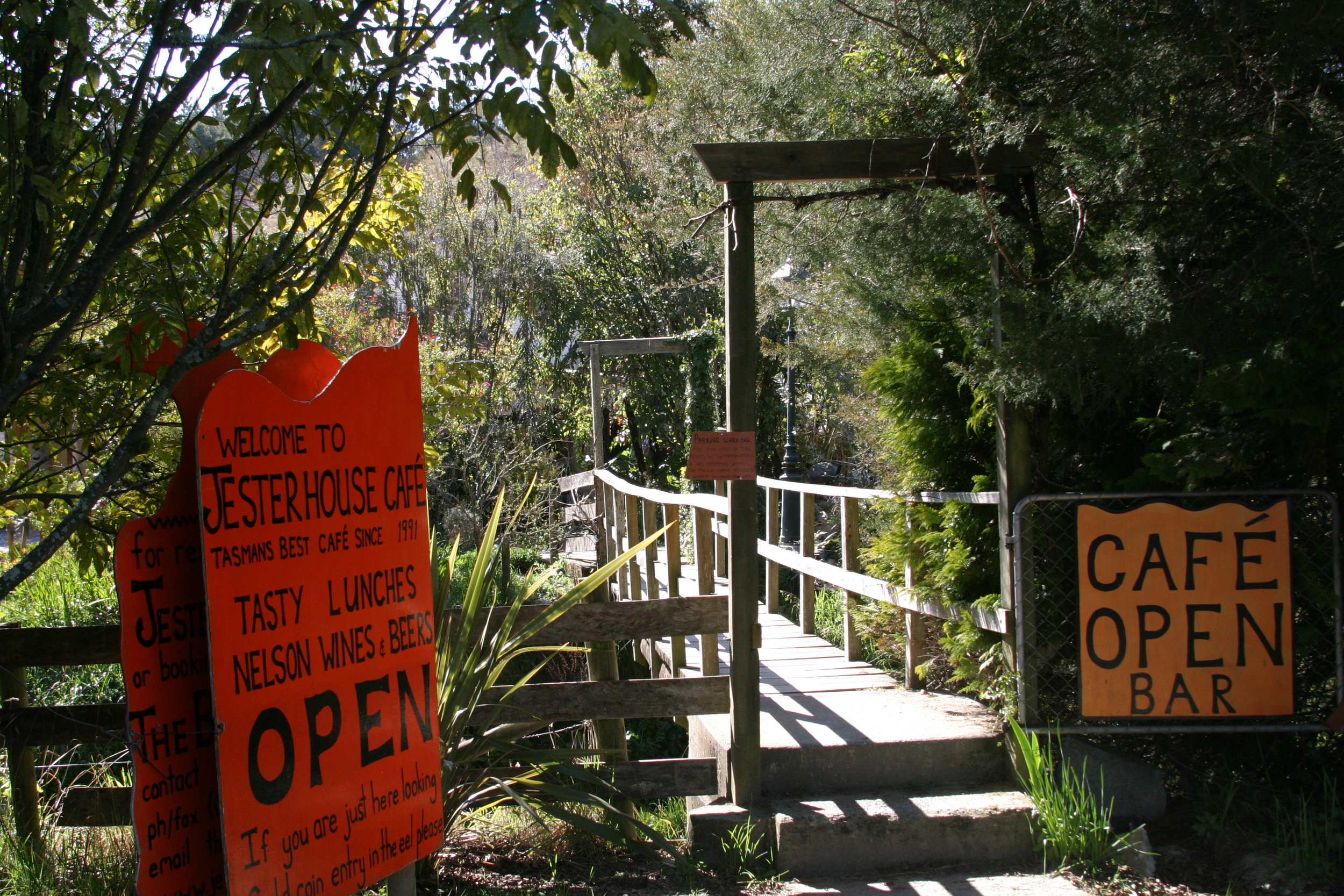
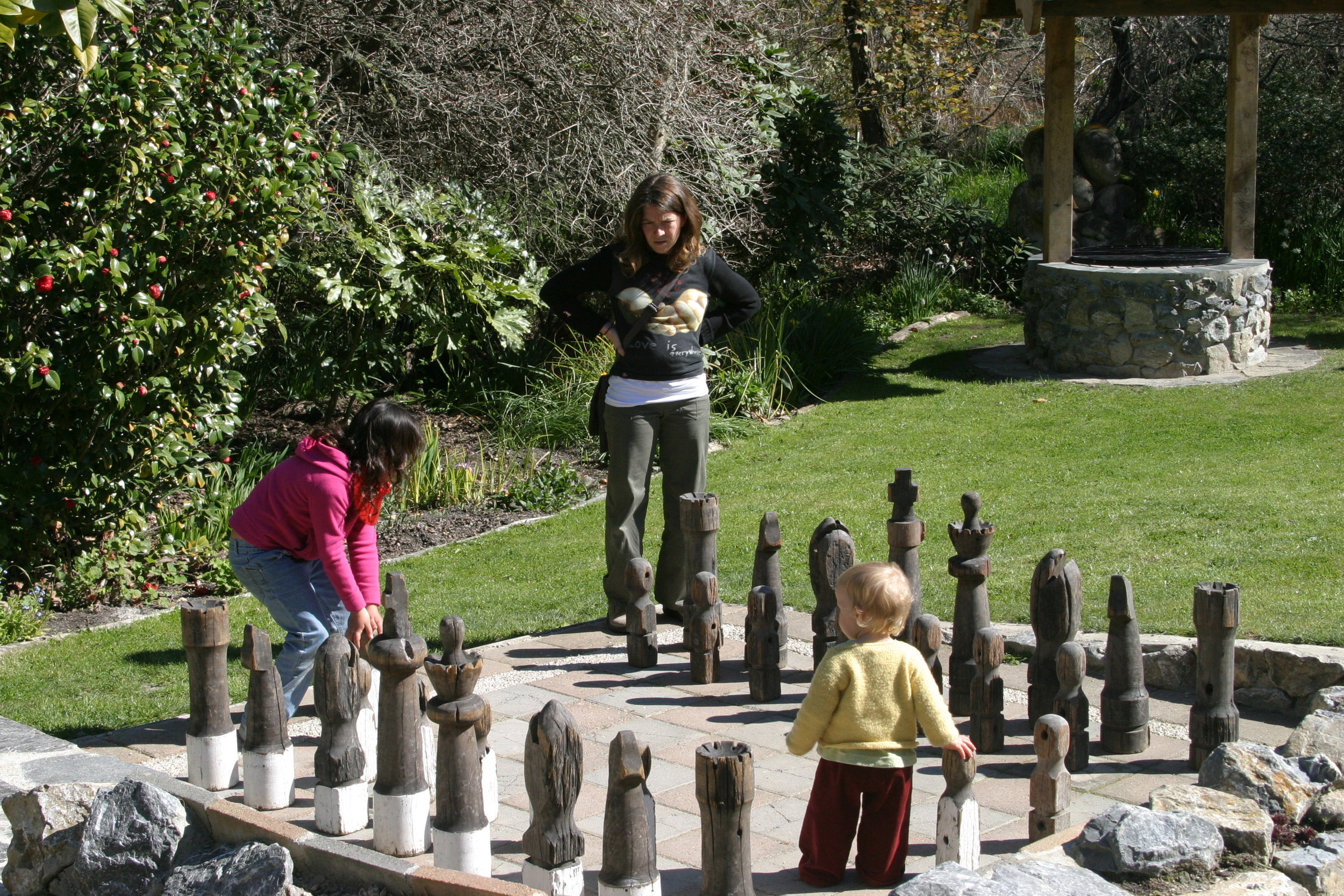





The journey through the Moutere Valley is densely populated with intriguing characters and boutique lifestyle ventures. We pay a visit to see the works of clay artist, Katie Gold, at the Bartlett and Gold Gallery, and then pop in to peruse the preserves and country kitchen wares at Moutere Gold, next to Upper Moutere Store.
Then we potter back towards Mapua, calling in at Jester House, a local cafe-bar, where we feed skewered delicacies to huge tame eels, which slither out of the water to eat from our hand. Then it’s on to Mapua, a tiny corner of the world that’s put itself on the map for the freshest smoked fish, great coffee, superb ice creams, and a quirky gallery.
Named the Coolstore Gallery, this veritable treasure trove showcases the works of more than 60 established and emerging artists. It would have been hard to tear myself away, if it hadn't been for the temptation of a fresh berry ice cream, calling too loudly to resist. We dangle our legs from the wharf as we enjoy this cold delicacy then later head into The Smokehouse Café to join the throngs who come from miles around to feast on the freshest Tasman Bay seafood and produce. Then, it’s on towards the nearby city of Nelson which boasts more working artists per capita than anywhere else in New Zealand. Its streets are lined with the studios, galleries, and workshops of a wealth of talented individuals, including painters, potters, sculptors, weavers, glass artists, wood turners, carvers, jewellers and furniture-makers.
Here, where our journey comes to an end, as we watch the light change the colours of the water in Tasman Bay, it suddenly dawns on me that we’ve stumbled upon the source of the pulsing heartbeat that mesmerised us back in Abel Tasman National Park. The inescapable tempo that draws forth creativity from the local soil and those it sustains is none other than the rhythm of the Pacific as it beats against the coastline, resonating beyond to all who venture to these parts.

